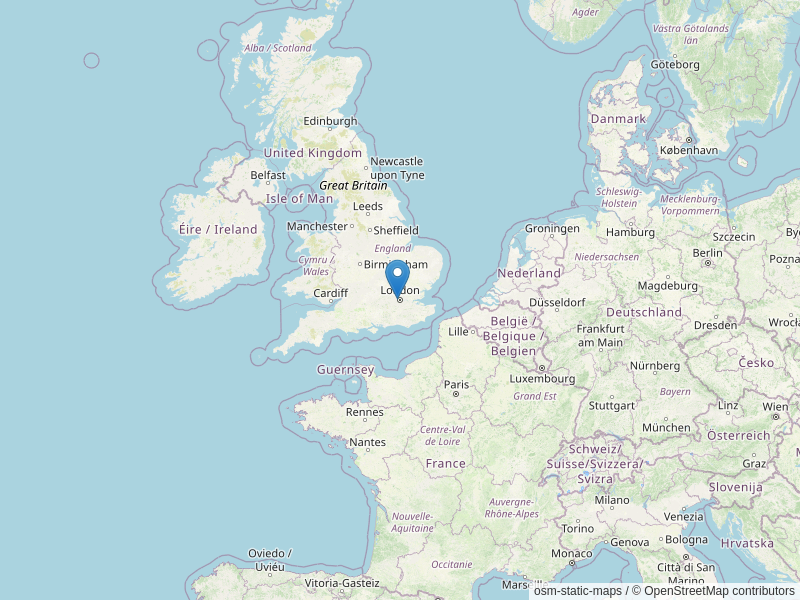DAAD Art Show 2016 - Foreign Surface
Fast paced, frenetic, sprawling: London is an eclectic place. It is so vast and complex in its structures that our visual and structural perception of the city is never absolute. Penetrating its surface in order to get to the substance of what millions of people call their home can be difficult, especially for someone coming from a foreign place.
London provides the common ground for seven artists chosen and supported by the German Academic Exchange Service (DAAD). Ranging from the microscopic scale of textures to the macroscopic, existential scale of communities and relationships, each of their practices approaches the foreign surface of the city differently:
Theresa Volpp’s painted installation Surface I reflects on urban surfaces, such as building façades made of glass and steel, and explores their seductive qualities. In contrast to a seemingly ideal world of pristine luxury boutiques and superficial advertisements, Volpp’s abstract brushstrokes invoke a sense of being in the world. Christina Wörner’s focus is set on surface matter – she explores how materiality communicates and how surfaces on the digital screen find their way into our daily life. In her collaborative project Shine, the artist creates an elusive digital world to critically reflect on the seduction of shininess and narcissistic inclinations. Fascinated by bodybuilding, a sport that aims at cultivating the human body to a physical extreme, Michal Plata explores the full potential of somatic capabilities. What happens to the body when it reaches its limits? Does it enter the digital realm of virtual spaces and social media, only to be further fetishized? Does it become pure data?
In her work Being a dove Maria Euler visualizes invisible connections through an artificial magnetic field. The artist poses questions such as: Can the connection be made tangible without modern technology? Have we become insensitive to the forces that hold us in place? If we cannot be held in place, there is often one spot we seek out: home. In their film installation Und der Rhein fließt Hanna Schrage and Bella Riza combine three narratives about family, landscape and the journey home, that open up a personal story to a collectively graspable experience shared by many. In an attempt to conceive of abstract concepts in physical form, Elisa Caldana’s work Cage for Migratory Birds is a sculptural gesture towards complex topics of migration and identity. The artist plays on the inconceivable idea of a cage for birds, which never stay too long in one place but are forced to constantly relocate. On a larger scale, Moritz Maria Karl’s practice deals with everyday life and intends to connect people across various communities. His radio performance conveys a different approach towards local communication and decision-making.
Location: Dalston Printhouse Gallery, 18 Ashwin Street London E8 3DL











